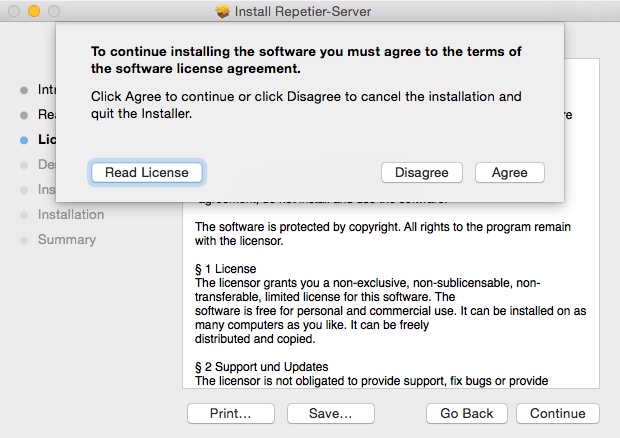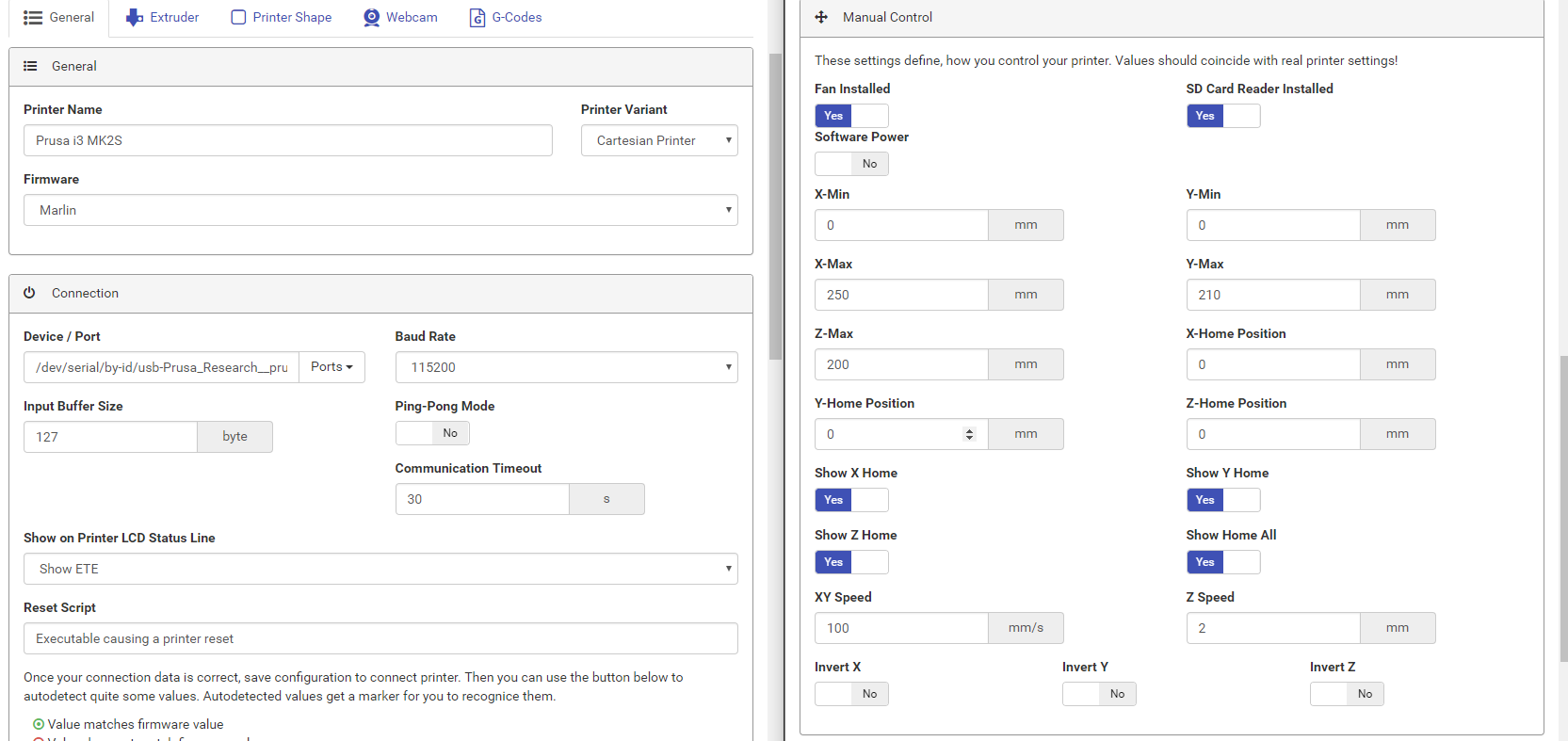


Dave Rowntree on An RPi-Powered Multi-DX7/TX816 Style Synth.Dave Rowntree on A 7 GHz Signal Analyser Teardown And A Trivial Repair.

NASA’s Voyager Space Probe’s Reserve Power, And The Intricacies Of RTG-Based Power Systems 41 Comments Hell, the 4GB/32GB CM4 should have enough memory to run neural inferencing/Cura slicing at the same time. With the eMMC on board, dual CSIs (one at 4 lanes for high res timelapse footage, the other for AI image analysis) and dual DSIs (one small touch screen for printer management, the other on an enclosure to indicate the status/progress of prints) a single USB 2.0 for external storage devices (exporting video/importing STL/prints) and finally, enough processing muscle to run Cura onboard for a truly all in one printer that has zero reliance on the cloud, enhancing reliability. Sure, you’d need a fan for the generated heat, but the CM4 has built in WiFi now. I’m currently doing research into retraining one of Google’s models to do onboard failure detection of prints with a belt 3D printer, being able to detect a failure and then advancing the Z axis to try again from scratch would be a game changing capability. Not only does this allow the CM4 to be used in place of a lower-spec CM3+ module, it also comes with a Coral Edge TPU that can accelerate TensorFlow Lite models. I understand that to an extent, but I would still buy a printer motherboard with it now for one simple reason: Gumstix came out with a CM4 UpRev AI board. Posted in 3d Printer hacks, Raspberry Pi Tagged 3d printing, Creality, Octoprint Post navigation That’s a very different approach to using the Pi with a printer, but it does have some advantages. If you really want to have fun with a Raspberry Pi and a 3D printer, consider Klipper. We also like that there are many plugins for it, something that is not likely to happen with a closed-source box like the Creality. We like Octoprint (and the similar Repetier Server). We do wish had opened the thing up for us. But it remains to be seen if either of those things will happen, much less both of them. On the other hand, if Creality fixes the problems and expands the 3D model library, we’d buy one. You still need an SD card and a power supply, so those extras are a wash. But it is hard to see how this would be a better value than Octoprint unless you were very short on cash and had no Raspberry Pi surplus laying around. We have to admit, an attractive network interface for $20 would be of interest. Worse, the slicer didn’t really produce stellar results. The 3D model library wasn’t very comprehensive, although that could change if the thing got very popular. The box was pretty picky about connecting to printers and there were many other problems. In addition, the box integrates with a Thingiverse-like library and does cloud slicing, which is attractive when you have a very small computer connected to your printer. A Raspberry Pi with a similar case would be at least twice that price. You can buy the Creality box for about $20. You might wonder why you’d want this system when Octoprint exists? Mainly, the value proposition is the price. noticed that Creality now has an inexpensive WiFi interface that promises to replace Octoprint and decided to give it a quick review. A very common hack to a 3D printer is to connect a Raspberry Pi to your printer and then load Octoprint or a similar program and send your files to the printer via the network.


 0 kommentar(er)
0 kommentar(er)
